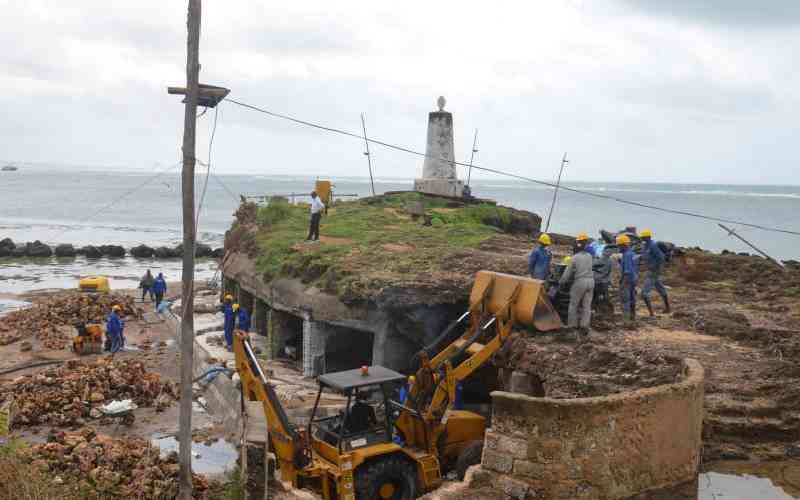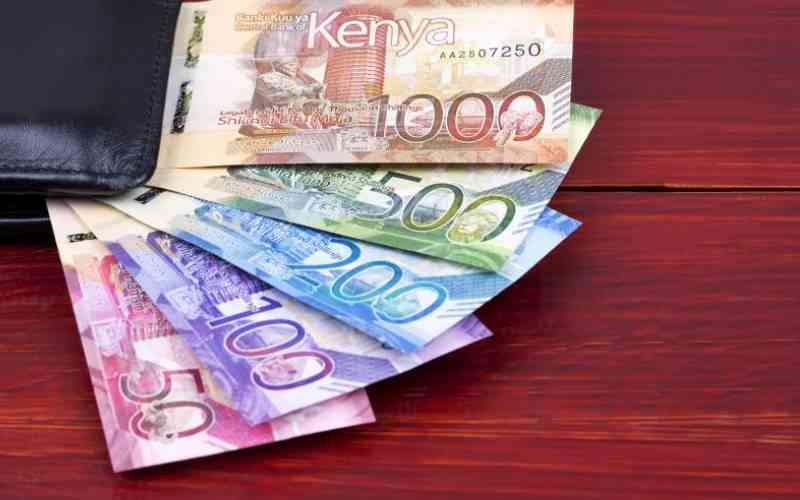Hoteliers’ assertion that tourist numbers in the Maasai Mara are declining should make the tourism officials wake up to the reality that the threats facing the country’s premier foreign exchange earner are on the march.
The officials cannot, therefore, afford to stay put hoping that the threats will go away because it’s not just Maasai Mara that is under threat but the entire industry. Instead, it is time to get back to the drawing board.
The place to start is obvious; dusting off the 1995 master plans that were never implemented. The plans that were developed with assistance from Japan were meant to make the country a leading destination in the world.
The study produced three documents, namely: Master Plan for National Tourism Development, Master Plan for Tourism Regions, and an Environmental Conservation and Management Plan.
According to the National Tourism Strategy Document for 2013-2018, failure to implement the three documents left the tourism sector to struggle with little or no guidance amidst stiff global and regional competition and to withstand internal and external shocks.
Positioning
The new five -year plan seeks to reinforce the country’s tourism industry as a high quality service sector, while also positioning the country as the number one tourism destination in the world.
It is hoped the industry will place special emphasis on the ideal of developing a quality service that will be able to attract high-end tourists.
As things stand, the local product has been unnecessarily cheapened with the introduction of mass tourism that earns the sector — and by extension — the country peanuts.
Our neighbours Tanzania and Rwanda earn more per person despite Kenya offering superior products. This is an intolerable situation that should not be allowed to continue for much longer.
The sector should also be restructured to smoothen the high and the low tourism inflows recorded during the high and low seasons, respectively. The current norm where some hotels and lodges have to close business part of the year, leading to seasonal employment should be discouraged.
The new emphasis some sections of the sector are placing on conference tourism is welcome but more still needs to be done. The increased marketing of the country’s attractions in Asia is also welcome, but the efforts should also be stepped up to take advantage of the emerging middle classes in countries such as China.
Perhaps, the long-mooted plans to turn the country — especially Mombasa, as a regional business hub to compete head-to-head with Dubai should shift into higher gear. A restructured Kenya Tourist Development Corporation, recently renamed Tourism Finance Corporation, could be just the right body to oversee building of the hub—of course, together with other stakeholders.
Reports that the agency is sitting on a Sh180 million hoard it has been unable to lend out in the absence of a sitting board means it has the seed money to kick-start the project. Let the agency get on with it!
Stay informed. Subscribe to our newsletter
 The Standard Group Plc is a
multi-media organization with investments in media platforms spanning newspaper
print operations, television, radio broadcasting, digital and online services. The
Standard Group is recognized as a leading multi-media house in Kenya with a key
influence in matters of national and international interest.
The Standard Group Plc is a
multi-media organization with investments in media platforms spanning newspaper
print operations, television, radio broadcasting, digital and online services. The
Standard Group is recognized as a leading multi-media house in Kenya with a key
influence in matters of national and international interest.
 The Standard Group Plc is a
multi-media organization with investments in media platforms spanning newspaper
print operations, television, radio broadcasting, digital and online services. The
Standard Group is recognized as a leading multi-media house in Kenya with a key
influence in matters of national and international interest.
The Standard Group Plc is a
multi-media organization with investments in media platforms spanning newspaper
print operations, television, radio broadcasting, digital and online services. The
Standard Group is recognized as a leading multi-media house in Kenya with a key
influence in matters of national and international interest.








